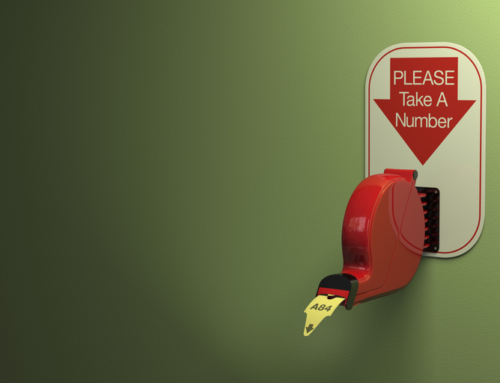Real-Time Marketing (RTM) could be one of the most low-cost, high-impact tools in your belt—but is it even on your radar? National brands utilize RTM all the time, often with great results. On a more scaled-down, local level, community banks and credit unions could easily utilize this engaging tactic.
Basically, RTM (also known as newsjacking) is when brands seize the opportunity to interject their brand or message into consumer conversations—usually via social media—around local, national or global events. Because a lot of these moments/opportunities can’t be anticipated, you have to be paying attention and able to react quickly. Actually, some MarketMatch clients have done this in the past, but in small doses. For example, in response to flooding in Louisiana, a credit union client offered flood damage loan specials.
Here’s a recent, big brand example from Burger King that happened on a much bigger stage. If you have seen the hit movie “Joker,” you are familiar with what has now become an iconic scene in which he dances triumphantly down a flight of stairs. That flight of stairs is located in the Bronx, and as a result of the film’s popularity and this scene in particular, the now-famous staircase has been overrun on a daily basis with tourists who are flocking there to do the meme thing or take selfies. Some are just standing on the stairs, others are dancing down it, often in some kind of “Joker” makeup. The flood of tourists is creating a real traffic flow problem for locals who actually use the stairs to get around. In response, and to coincide with the DVD release, of the film, Burger King says anyone living in the same borough as the now-famous stairs can get a free Whopper delivered by Uber Eats.
Closer to home, I recall a great example of RTM at the local level which happened in my hometown during last year’s cold snap. It was so cold, news spread that many people were finding their car batteries wouldn’t start. In response, the local transit authority ran a promotion announcing they were giving free rides downtown to people whose cars wouldn’t start and needed to get to work. This was a very simple and easy to execute response. A few social media posts to announce the offer, and ta da: instant exposure, positive word of mouth, goodwill, and gratitude. Could your brand benefit from any of that community love? Remember, the goal of RTM isn’t to make a profit at the time. You have to think of it as a slow burn kind of strategy. It’s a way to build goodwill and brand recognition within the community.
Of course, there is a major caveat: These efforts can backfire if they seem too forced and not quite aligned with the event. If done improperly, you run the risk of appearing opportunistic. I cannot recall the name of the store, but back when hurricane Sandy hit the east coast, after the devastation, a clothing store offered discounts. It would have been better to donate clothes instead, which would have made a real impact; instead the offer was viewed as shallow and atavistic.
I am not talking about marketing promotions scheduled around seasonal knowns, like say having a back-to-school special of some kind. Rather, this should be in response to unknowns. That is in part the beauty of RTM: You don’t have to create the buzz, but you do have to tap into it when it’s the right buzz for your brand. In fact, because marketing plans are set in advance, maybe that’s why the idea of marketing on the fly (RTM) seems too “out there” for some. Certainly it requires a shift in your thinking. But if you simply get in the habit of thinking of local news, events, and happenings as possible marketing opportunities, a Real-Time Marketing response could get you real big results.


